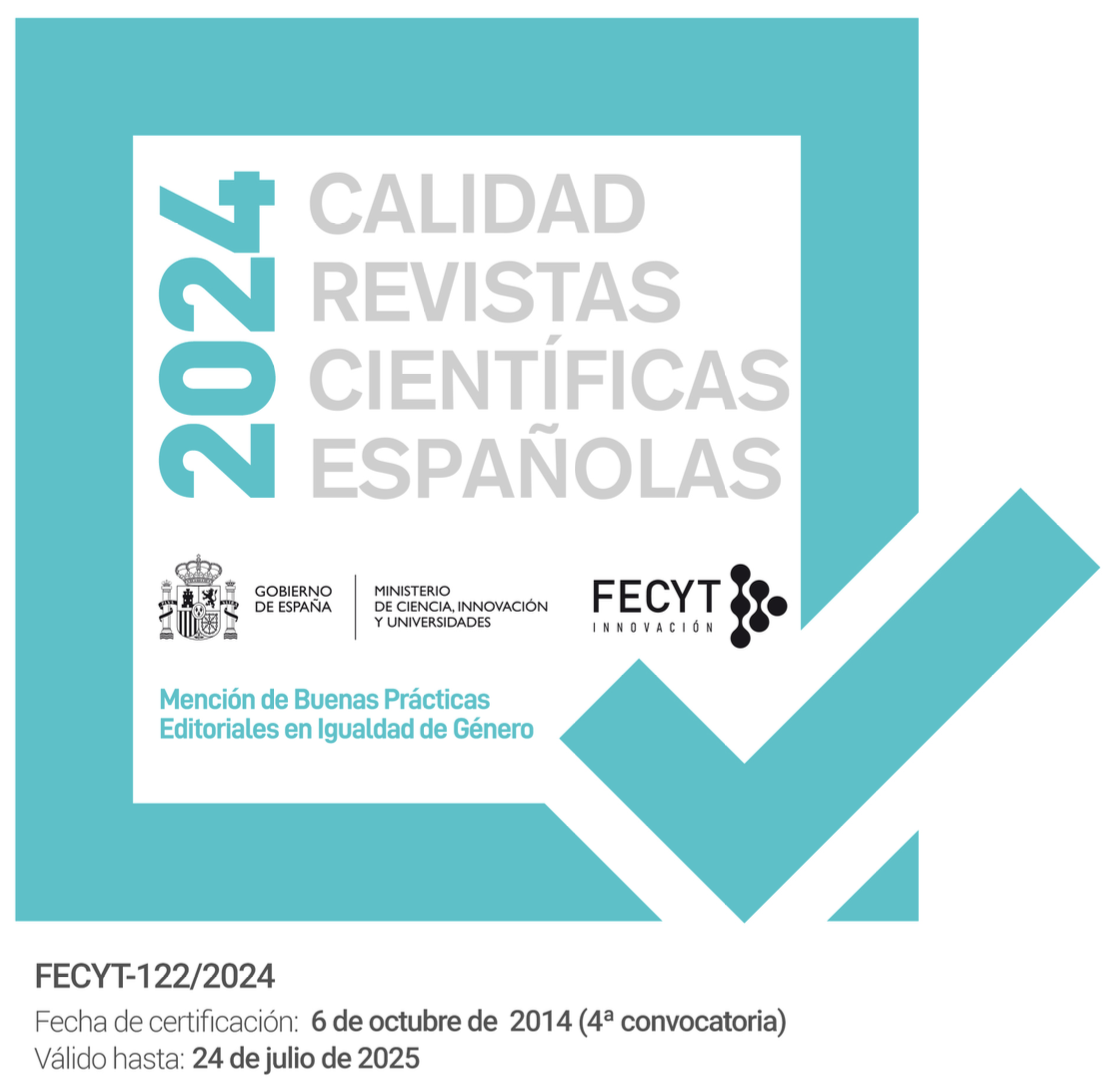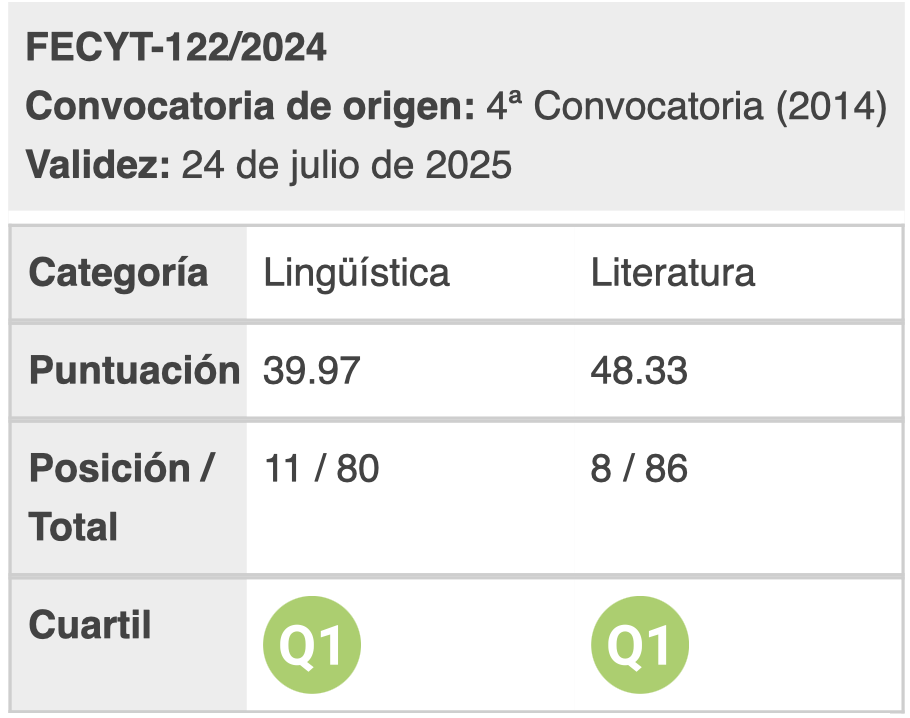The Development of long in Early Modern English: Impersonal Verbs of Desire in Focus
DOI:
https://doi.org/10.28914/Atlantis-2021-43.1.07Abstract
The class of English verbs of Desire in Present-Day English comprises verbs such as long or thirst, several of which are attested in earlier English in impersonal constructions characterised by the lack of a grammatical subject. In English, the impersonal construction decreased in frequency between 1400 and 1500, and effectively went out of use during the sixteenth century. Previous research has suggested that there is a need for a corpus-based study of not just Middle English, but also Early Modern English, in order to explore the different path(s) of development followed by individual impersonal verbs. The present article, therefore, investigates the development of the impersonal verb long (< OE langian) with the following objectives: a) to determine when long ceases to occur in impersonal constructions; b) to provide a diachronic overview of the personal syntactic patterns that came to replace impersonal constructions in Early Modern English; and c) to identify, within the framework of Construction Grammar, factors that may account for the development of long as a prepositional verb.
Downloads
References
ALLEN, Cynthia. 1986. “Reconsidering the History of like.” Journal of Linguistics 22 (2): 375-409.
—. 1995. Case Marking and Reanalysis: Grammatical Relations from Old to Early Modern English. Oxford: Clarendon.
ANTHONY, Laurence. 2019. AntConc (version 3.5.8). Tokyo: Waseda University. [Accessed February 15, 2020].
BIBER, Douglas et al. 1999. Longman Grammar of Spoken and Written English. Harlow: Pearson Longman.
CASTRO-CHAO, Noelia. 2019. “Changes in Argument Structure in Early Modern English with Special Reference to Verbs of Desire: A Case Study of lust.” Research in Corpus Linguistics 7: 129-54.
—. 2020. Argument Structure in Flux: The Development of Impersonal Constructions in Middle and Early Modern English, with Special Reference to Verbs of Desire. Bern: Peter Lang.
COLE, Roger William, ed. 1997. Current Issues in Linguistic Theory. Bloomington: Indiana UP.
CROFT, William. 1991. Syntactic Categories and Grammatical Relations: The Cognitive Organization of Information. Chicago, IL: U of Chicago P.
DAVIES, Mark. 2017. Early English Books Online (= EEBO). SAMUELS Project. [Accessed February 15, 2020].
—. 2018. The 14 Billion Word iWeb Corpus. [Accessed February 15, 2020].
DOWTY, David. 1991. “Thematic Proto-Roles and Argument Selection.” Language 67 (3): 547-619.
ELMER, Willy. 1981. Diachronic Grammar: The History of Old and Middle English Subjectless Constructions. Tübingen: Niemeyer.
FANEGO, Teresa. 1992. Infinitive Complements in Shakespeare’s English: Synchronic and Diachronic Aspects. Santiago de Compostela: Servicio de Publicacións e Intercambio Científico, Universidade de Santiago de Compostela.
—. 2017. “The trolley rumbled through the tunnel: On the History of the English Intransitive Motion Construction.” Folia Linguistica Historica 38: 29-73.
FILLMORE, Charles J. 1977. “Topics in Lexical Semantics.” In Cole 1977, 76-138.
—. 1986. “Pragmatically Controlled Zero Anaphora.” Proceedings of the Twelfth Annual Meeting of the Berkeley Linguistics Society. Berkeley, CA: Berkeley Linguistics Society, 95-107.
FISCHER, Olga and Frederike Van der Leek. 1983. “The Demise of the Old English Impersonal Construction.” Journal of Linguistics 19 (2): 337-68.
FISCHER, Olga et al. 2000. The Syntax of Early English. Cambridge: Cambridge UP.
FITZMAURICE, Susan and Donka Minkova, eds. 2008. Studies in the History of the English Language IV. Berlin: De Gruyter.
GOLDBERG, Adele. 1995. Constructions: A Construction Grammar Approach to Argument Structure. Chicago, IL: U of Chicago P.
—. 2006. Constructions at Work: The Nature of Generalization in Language. Oxford: Oxford UP.
—. 2019. Explain Me This. Princeton, NJ: Princeton UP.
HILPERT, Martin. (2014) 2019. Construction Grammar and Its Application to English. 2nd ed. Edinburgh: Edinburgh UP.
HUBER, Judith. 2017. Motion and the English Verb: A Diachronic Study. Oxford: Oxford UP.
HUDDLESTON, Rodney and Geoffrey K. Pullum. 2002. The Cambridge Grammar of the English Language. Cambridge: Cambridge UP.
JESPERSEN, Otto. (1927) 1961. A Modern English Grammar on Historical Principles. Part III: Syntax (vol. 2). London: George Allen and Unwin.
KAY, Christian et al., eds. 2009. Historical Thesaurus of the Oxford English Dictionary: With Additional Materials from A Thesaurus of Old English. 2 vols. Oxford: Oxford UP. [Accessed February 15, 2020].
KURATH, Hans, Sherman McAllister Kuhn and Robert Lewis, eds. 1952-2001. Middle English Dictionary. Ann Arbor: U of Michigan P. [Accessed February 15, 2020].
LANGACKER, Ronald W. 1987. Foundations of Cognitive Grammar, vol. 1: Theoretical Prerequisites. Stanford, CA: Stanford UP.
LEVIN, Beth. 1993. English Verb Classes and Alternations: A Preliminary Investigation. Chicago, IL: U of Chicago P.
LEXICO.COM. 2019a. s. v. “Long.” [Accessed February 15, 2020].
LÓPEZ-COUSO, María José and Belén Méndez-Naya. 2015. “Secondary Grammaticalization in Clause Combining: From Adverbial Subordination to Complementation in English.” Language Sciences 47: 188-98.
LOUREIRO-PORTO, Lucía. 2005. “The Semantic Predecessors of need: From Old to Early Modern English.” PhD diss., University of Santiago de Compostela.
MCCAWLEY, Noriko Akatsuka. 1976. “From OE/ME ‘Impersonal’ to ‘Personal’ Constructions: What is a ‘Subject-Less’ S?” In Steever, Walker and Mufwene 1976, 192-204.
MIDDLE ENGLISH DICTIONARY. 1952-2001a. s. v. “Lō̆ngen.” [Accessed February 15, 2020].
—. 1952-2001b. s. v. “Thē̆r-at.” [Accessed February 15, 2020].
MIURA, Ayumi. 2015. Middle English Verbs of Emotion and Impersonal Constructions: Verb Meaning and Syntax in Diachrony. Oxford: Oxford UP.
MÖHLIG-FALKE, Ruth. 2012. The Early English Impersonal Construction: An Analysis of Verbal and Constructional Meaning. Oxford: Oxford UP.
NOONAN, Michael. 1985. “Complementation.” In Shopen 1985, 42-140.
NÚÑEZ-PERTEJO, Paloma. 2017. “‘Terrific-Looking Creatures and Terrific, Funny Guys’: On the Historical Development of English terrific.” Miscelánea: A Journal of English and American Studies 55: 65-85.
OXFORD ENGLISH DICTIONARY. 2000a. s. v. “Long.” [Accessed February 15, 2020].
—. 2000b. s. v. “Therefore.” [Accessed February 15, 2020].
—. 2000c. s. v. “Therefor.” [Accessed February 15, 2020].
—. 2000d. s. v. “Thereat.” [Accessed February 15, 2020].
—. 2000e. s. v. “Shall.” [Accessed February 15, 2020].
PEREK, Florent. 2008. “Towards a Constructional Approach to Automatic Argument Structure Acquisition: The Case of Oblique Phrases.” Master’s thesis, Université de Lille III.
PETRÉ, Peter. 2013. Early English Books Online Corpus 1.0. Leuven: KU Leuven.
SHOPEN, Timothy, ed. 1985. Complex Constructions. Vol 2, Language Typology and Syntactic Description. Cambridge: Cambridge UP.
SIMPSON, John, ed. 2000. Oxford English Dictionary Online. 3rd ed. Oxford: Oxford UP. [Accessed February 15, 2020].
STEEVER, Sanford, Carol Walker and Salikoko Mufwene, eds. 1976. Papers from the Parasession on Diachronic Syntax. Chicago, IL: Chicago Linguistics Society.
TRAUGOTT, Elizabeth Closs. 1972. A History of English Syntax: A Transformational Approach to the History of English Sentence Structure. New York and London: Holt, Rinehart and Winston.
TRAUGOTT, Elizabeth Closs and Graeme Trousdale. 2013. Constructionalization and Constructional Changes. Oxford: Oxford UP.
TROUSDALE, Graeme. 2008. “Words and Constructions in Grammaticalization: The End of the English Impersonal Construction.” In Fitzmaurice and Minkova 2008, 301-26.
VAN DER GAAF, Willem. 1904. The Transition from the Impersonal to the Personal Construction in Middle English. Heidelberg: C. Winter.
VISSER, Fredericus. 1963. Syntactical Units with One Verb. Part 1, An Historical Syntax of the English Language. Leiden: E. J. Brill.
Downloads
Published
How to Cite
Issue
Section
Funding data
-
Ministerio de Ciencia e Innovación
Grant numbers FFI2017-86884-P -
Consellería de Cultura, Educación e Ordenación Universitaria, Xunta de Galicia
Grant numbers ED431B 2020/01








